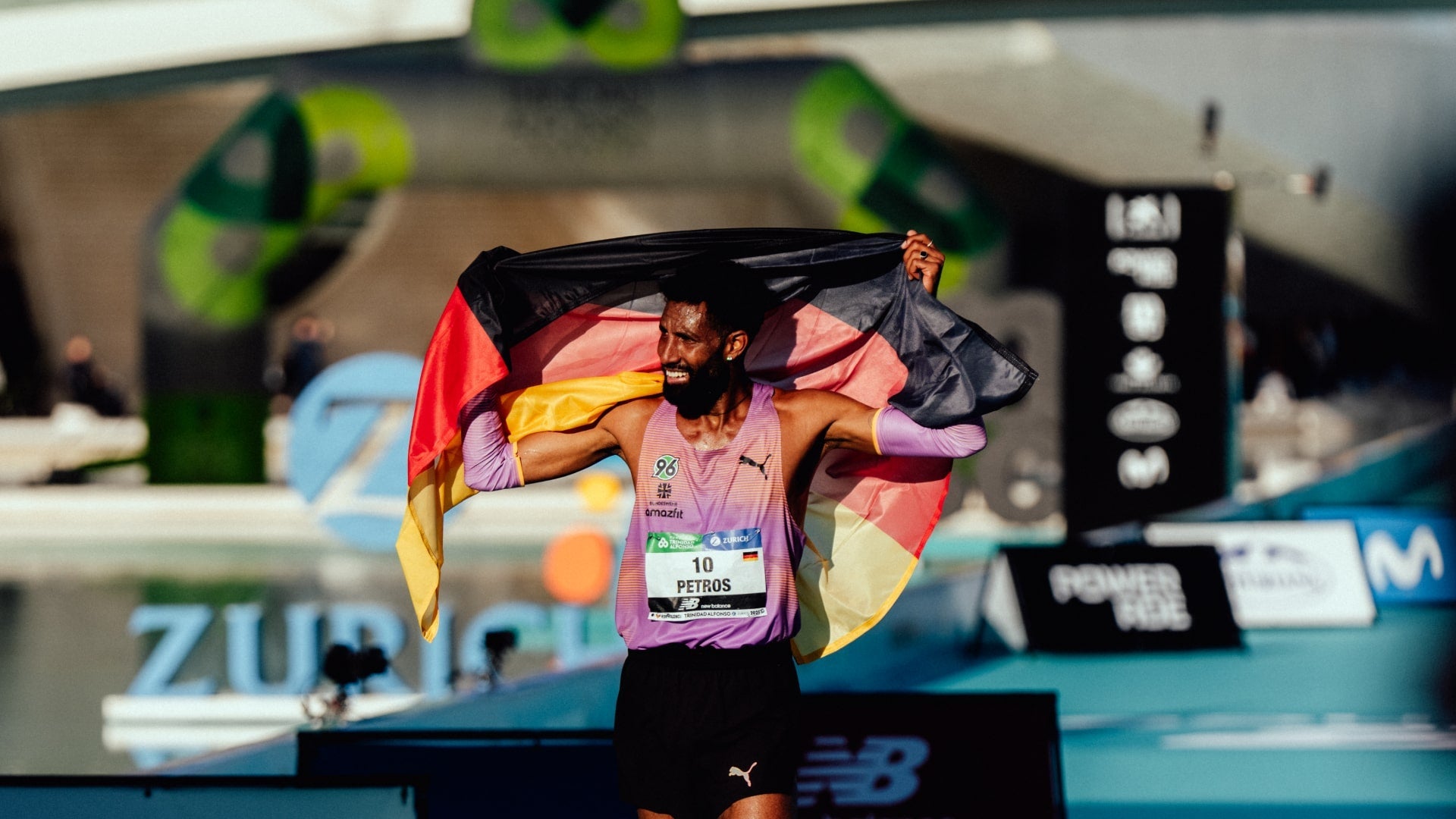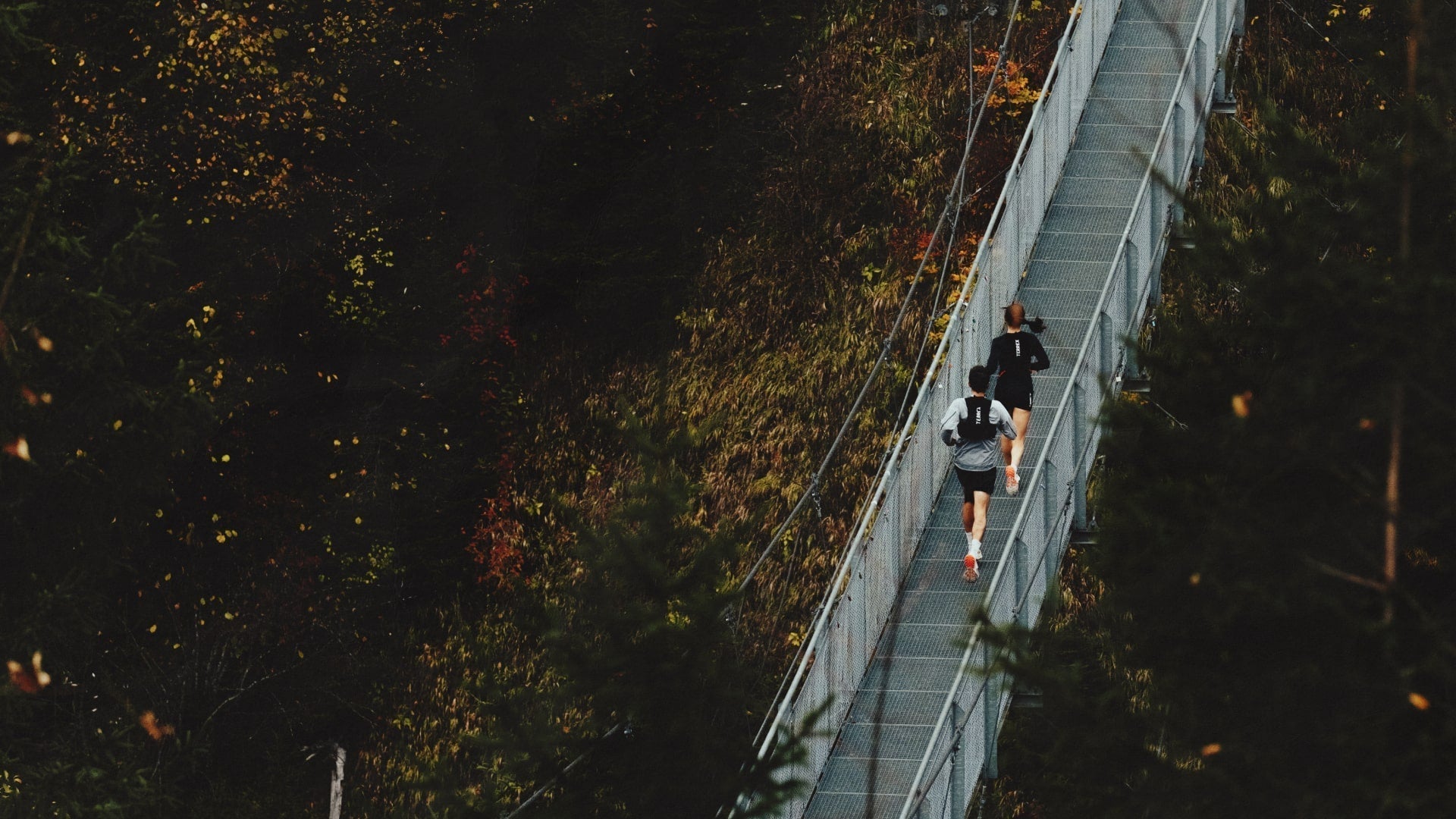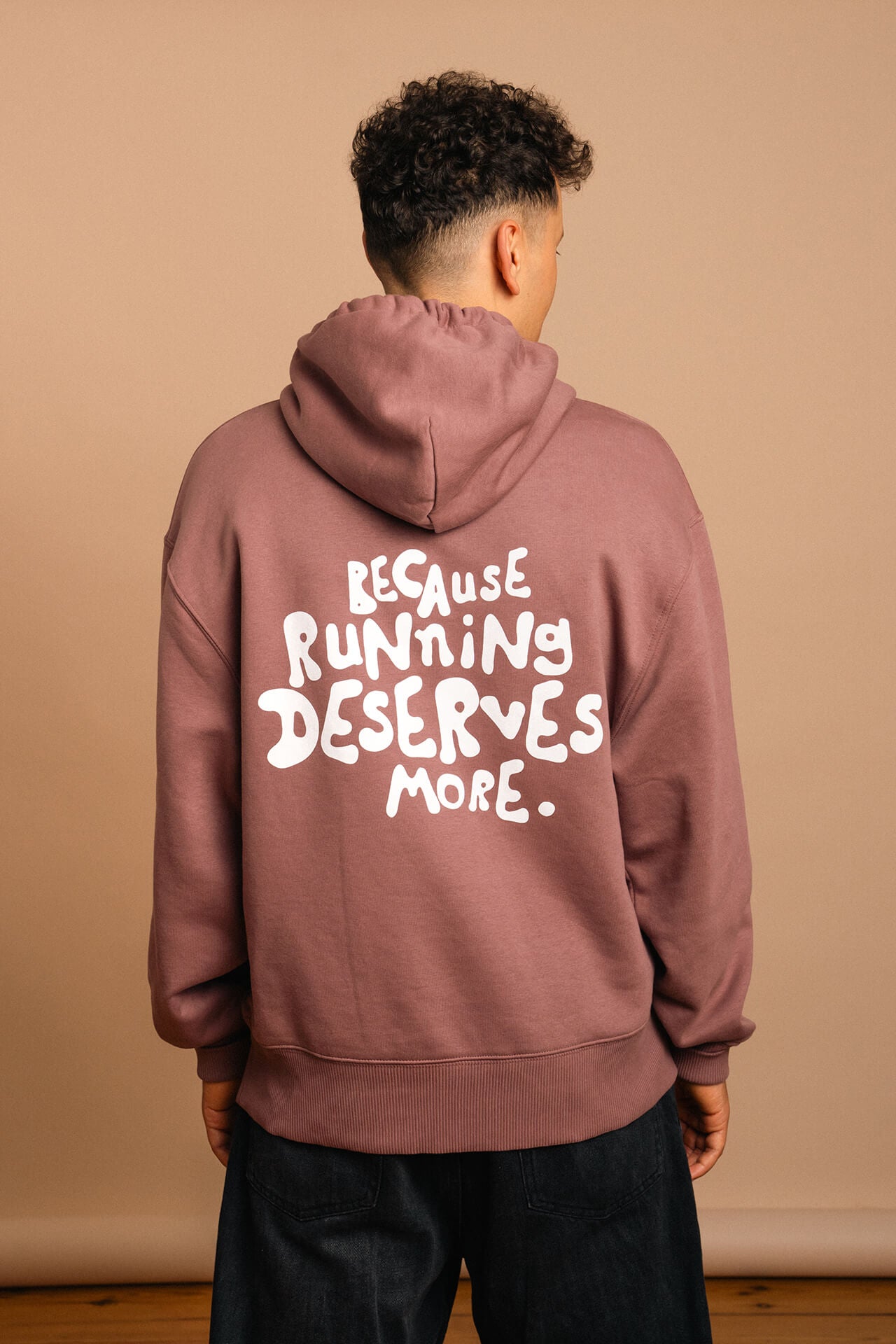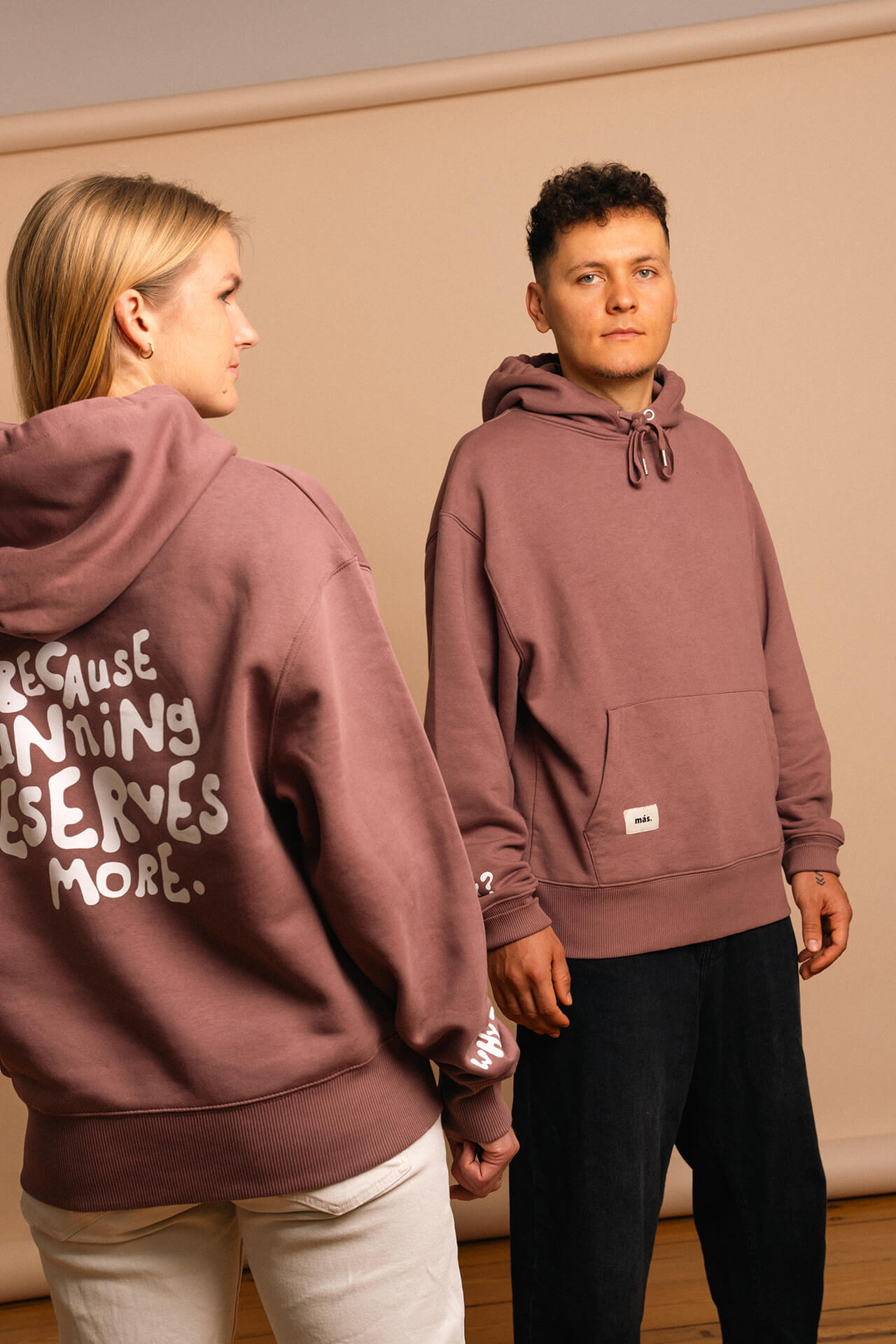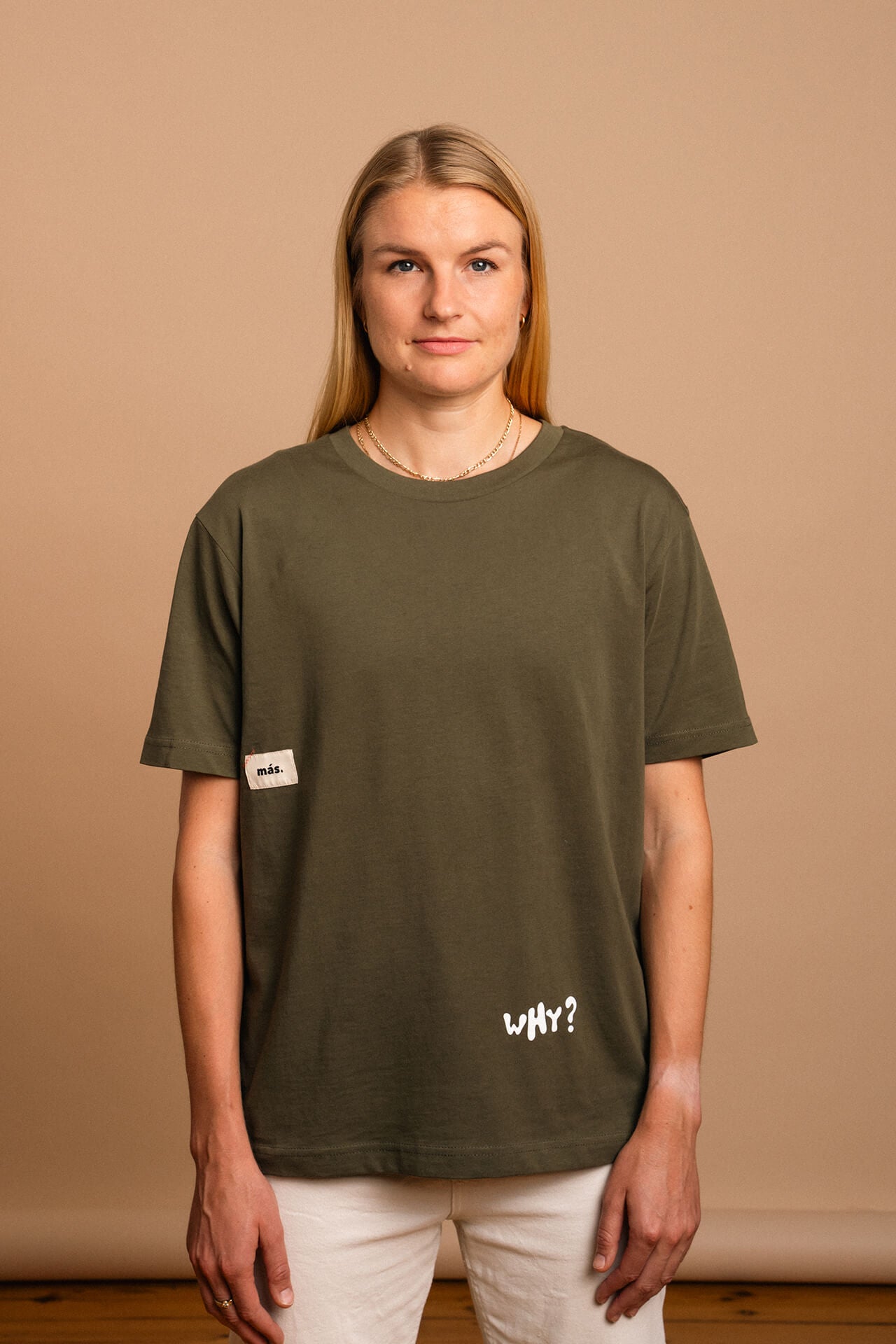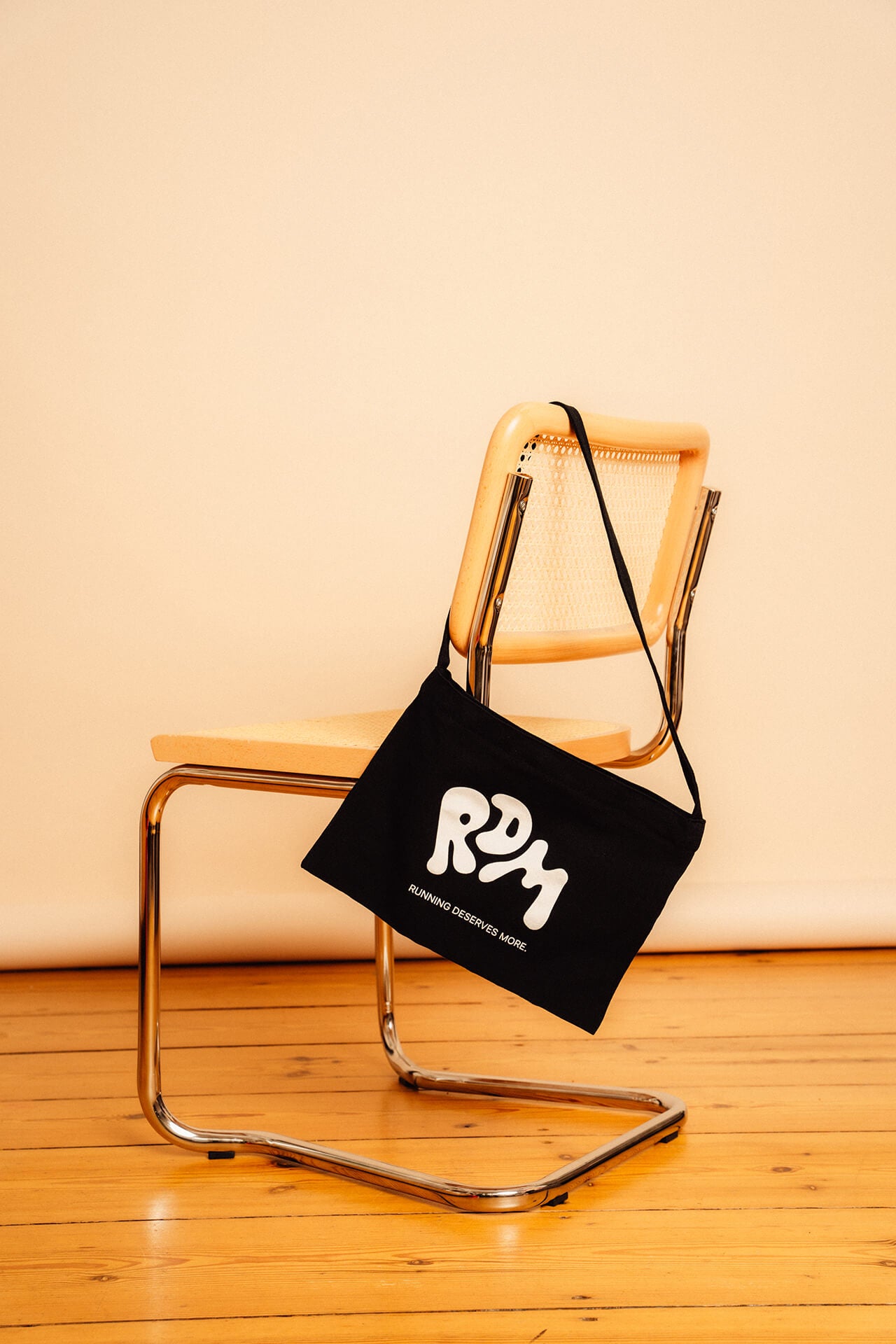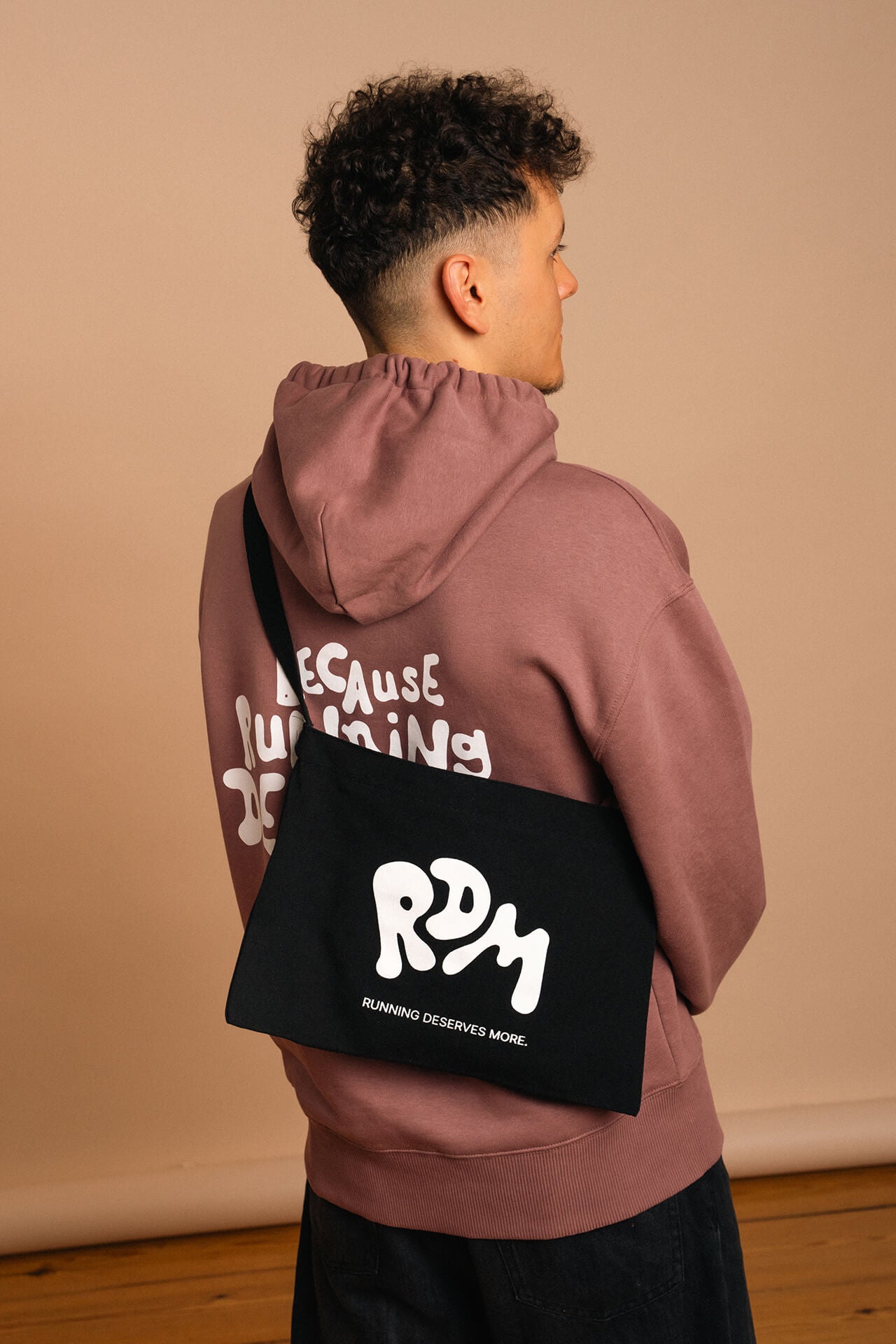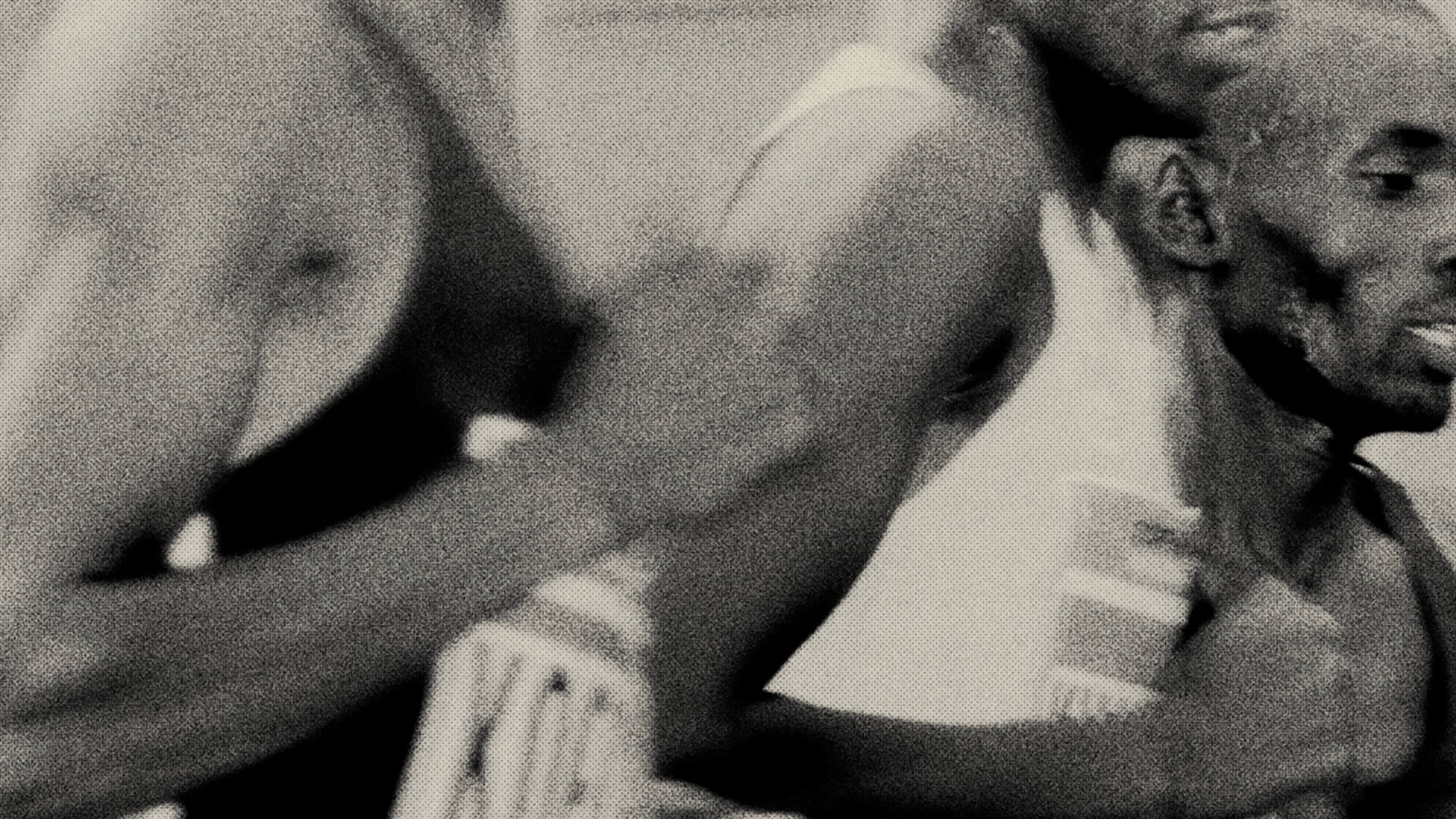
Creators in progress: Matt Moran
Matt Moran is a Newcastle-based photographer from Devon, England. He balances his passion for outdoor sports photography with a rich background in fashion and documentary work. Growing up immersed in sports culture, he now captures the dynamic world of running and cycling.
Words: Sven Rudolph
Photos: Matt Moran

Editor's note: In our “Creators in Running” series, we spotlight the stories and creativity of talented people who are capturing the essence of running and helping to transform the sport. The series aims to showcase the intersection of art and the running community, as well as inspire and help new content creators get out there.
más: Can you share how you first got into photography and what sparked your journey in this field?
Matt: I studied photography at school and then at college. It was always something I did while studying other things, but photography was kind of always a bit of a constant in that sense. After moving to London in 2013, I worked in studios and assisted photographers, mainly in fashion. Around lockdown, I decided to focus more on outdoor sports like running and cycling, which I was always interested in.
And I've always been into art, exhibitions, documentary photography, and fashion photography. So I've always been interested in everything. But sports never felt like work to me. Growing up, my family took us to the Tour de France, and we always watched the Olympics. I could watch the Tour de France all day from start to finish and have always loved watching athletics. So, capturing sports feels natural to me.
What inspired your shift towards outdoor and running photography?
I'd say leaving London. I lived there from 2013 until 2019, then the pandemic hit. I moved back with my parents in Devon, spent three months there, returned to London, and then moved back to Devon during the second lockdown.Being closer to nature and trails was better for running and cycling. I wasn't working in fashion photography anymore, which I never truly loved. It made sense when I was in London, but it wasn't my core passion.
When I started applying my fashion photography style to sports, I saw a gap in the industry. I decided to use what I learned in London for running and outdoor projects. I love sports but wasn't inspired by traditional sports photography. So in 2020, I started focusing more on sports projects.


Maximizing Digital Potential
I went to Japan twice last year to work for And Wander, a brand I connected with through the magazine I made. I enjoy playing with double-page spreads and layouts, which is one reason I like digital. Digital files are so huge these days, so why not use the camera's full potential with zooming, cropping, and more?
Did you dive straight into outdoor photography projects, or was it more of an experimental journey for you?
We moved to Newcastle for my girlfriend's job, and the first thing I did was shoot the Great North Run, one of the biggest races in Europe. I couldn't get a bib, but I knew top runners like Galen Rupp and Helen Obiri would be there, so I decided to photograph their warm-ups. I probably would have gone to the race without a camera and just watched it anyway, but I decided to bring my camera and apply the grading techniques I learned through assisting, using flash in certain ways and specific layouts.
I sent those photos to Tracksmith, which led to a project at the London Marathon and eventually work with Soar and Adidas. It all snowballed from that first project. I knew I wanted to break into sports photography, but I needed a portfolio. Shooting the Great North Run gave me something to show and helped me get my foot in the door.


Studio Effect at the night of 10,000 PB
This was from the night of the 10,000 PB. There was a spot where I could get really close to the runners. I set up the flash very close to the subjects, which isolates them more. This way, it’s just them in the frame, and everything else turns to black, making it feel almost like a studio shoot.
What's been your most unforgettable brand project in running to date?
I'd say the night of 10,000 PBs with Soar was a turning point. It was my third project and started as content for Instagram, but social media posts disappear quickly. I had so many pictures I was happy with, so I contacted Adam Ridgway, an art director I knew from fashion projects. He made little zines [ed. little magazines] with other photographers, so we created a small publication with my photos. That project got me noticed by bigger brands, leading to a shoot in Japan with And Wonder, an outdoor brand. I printed the zines and sent them to all the brands I wanted to work with, finding the names of creative directors. It was the most memorable project, and to be honest, I'm still happy with some of the pictures from that project.
I really love to give bodies of work longevity by making something physical from it. And I've loved self-publishing since university, creating exhibitions, posters, and zines. When I work on a project now, I think about how it will look in a layout. I like projects to feel like a body of work, not just a few standout images. Even for Instagram, I consider complementary colors and cropping. I'm not afraid to fuck around with that a bit.


Intensity in a High-Tech Lab Setting
This was a cool project I shot with Hoka athlete Rory Leonard. I hadn’t done much in a controlled, scientific environment before, so I wanted to showcase the technology and lab setting. To elevate the scene, I set up a flash and aimed for a high-key lighting effect, making the setting look very bright. It’s almost like he is starting to lose his mind and can't concentrate, as if the effort has become so intense that he is beginning to zone out.
Your photos have a unique film-like quality and distinctive effects. How did you develop your signature style?
I used to shoot film for fashion editorials in London and loved it. I had access to a lab and enjoyed darkroom printing. However, digital photography became more appealing for a couple of reasons. First, working with digital photographers made me realize it could be more interesting than I initially thought. Second, film got too expensive, and during lockdown, I lacked lab access.
Shooting film started to feel limiting. I often missed shots or ended up with only a few good images from multiple rolls, which made me cautious and less spontaneous. While film shots are hard to beat, especially in terms of color and quality, I needed a change. So, I focused on experimenting with digital photography to mimic the film look. I wanted the freedom of unlimited digital shots without the cost and still achieve a quality similar to film. I learned tips and tricks from others and spent a lot of time experimenting with printing, scanning and trying to destroy the image in some way. Whether it was photocopying, or making these little zines, and then scanning them. Basically just playing around to achieve the desired effect.


Exploring Depth and Color
I like trying to shoot through objects. Whenever I can find opportunities to obscure the lens and introduce a bit more color into the frame, I enjoy doing that. Playing with depth is something I’ve started experimenting with more recently. I'll position someone quite close to the frame so they become more of an object, but I'll keep the focus on the background.
What do you shoot with?
I used to shoot with a Nikon D810, which isn’t the latest model but got the job done. I've ended up buying a mirrorless camera now just because I wanted a slightly faster shutter speed. Honestly, I’m not picky about having the top-of-the-line gear. For me, it’s about gathering material on shoot day and then experimenting with it later. It doesn't matter if I shoot on an iPhone or a five year old camera, I’m happy as long as I get the pictures I need. I’m not too precious about equipment, though I do enjoy playing around with flash, especially on-camera flash.
How do you approach photographing runners these days?
If I had the choice, I’d approach commercial work like I do personal projects. I prefer to dive in, capturing as much variety as possible – getting close, shooting from far away, using flash, wide angles, and long lenses. I’d rather gather a lot of material and sort it out later. So I'd say my natural approach and my go-to approach would just be to get involved. But quite often in commercial work, they want quite a specific angle. They want to know exactly the frame that you're going to take.
I also like to try to make the effort to go to the spots where nobody else is going. If there’s a typical spot for photographers, I’ll go elsewhere to capture unique details – the signage, bins, or even discarded gel packets. I enjoy pairing action shots with more artistic images, like textures or colors, to make the work more engaging. And sometimes it might not make sense on the day, but when you get home, and play around on all these other symbols and that symbolic imagery, then that's what I like to do and that's the way that I'll work. I draw inspiration from various sources and I love looking through non-photographers, non-running projects, including surrealist photographers and color theory books from my girlfriend. These help me find interesting combinations and textures.
So I think I'm very conscious that I don't want to slip into being a running photographer. Because there's no point in me trying to even compete with the best sort of traditional sports photographers because they've got the best lenses and the quickest way of delivering the picture to Getty. And that's not really what I'm aiming to do. I'm not trying to be the best sports photographer. I'm trying to be the best non-sports photographer. I'm trying to just sort of fill that gap, I guess. I'll shoot running and I want to do great running projects. But I want to be as applicable to a lookbook or a fashion project or apply my style to multiple areas rather than just running. And in that sense, I want to keep quite naive to what it is that running photographers do. I don't want to know what you're supposed to do. Because that's how I’m able to offer something fresh and new.
Matt, thanks for the conversation!


